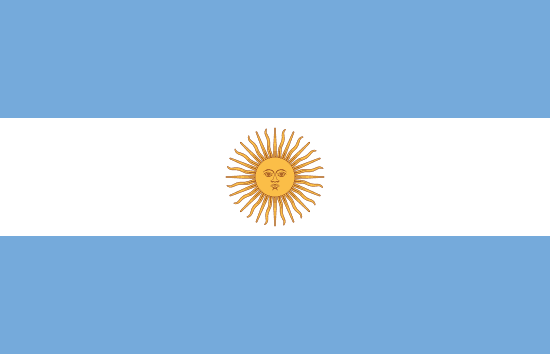"La Docta | The Learned One"
About:
Córdoba, Argentina, was founded by Jerónimo Luis de Cabrera in 1573. It became a significant educational and religious center during the Spanish colonial period, with the establishment of the National University of Córdoba in 1613. In the 19th century, it was a hub for liberal ideas and was central to the Argentine civil wars. In the 20th century, it grew industrially, particularly in automotive manufacturing. Today, it remains a major cultural, economic, and educational center in Argentina.
When to visit:
Cordoba, Argentina, is a vibrant city that offers a variety of attractions and activities year-round. However, the best time to visit Cordoba on a holiday is during the spring months of September to November or in the fall months of March to May. During these seasons, you can enjoy pleasant weather with mild temperatures, making it ideal for exploring the city's historical sites, such as the Jesuit Block and the Cordoba Cathedral. Additionally, you can partake in outdoor activities like hiking in the nearby Sierras de Cordoba mountain range or attending local festivals and events that celebrate the region's culture and traditions.
When to avoid:
Traveling to Cordoba, Argentina during the holiday season can be particularly challenging due to increased crowds and higher prices. The busiest times to visit are typically during Christmas, New Year's, and Easter, when many locals and tourists flock to the city to celebrate. Accommodation and transportation options may be limited and more expensive during these peak times, making it advisable to plan and book well in advance. For a more relaxed and budget-friendly experience, consider visiting Cordoba during the off-peak season when crowds are thinner and prices are more affordable.
Winter (June–August)
In Cordoba, the coldest and wettest period is from May to August, with July being the coldest month. Average temperatures range from 3°C to 15°C. Rainfall peaks in June, averaging 25mm. The city experiences less sunlight, with an average of 4-5 hours per day. Cloud cover is prevalent, resulting in overcast or mostly cloudy conditions for about half of the month. For a visitor, an average day would involve chilly mornings, mild afternoons, and cold evenings. It's advisable to pack warm clothing and waterproof items.
Summer (December–February)
In Cordoba, Argentina, the warmest part of the year typically spans from November to March, with January being the hottest month. During this period, the average high temperature varies between 28°C (82°F) and 31°C (88°F), while the average low temperature ranges from 16°C (61°F) to 19°C (66°F).
Rainfall is quite significant during these months, with January and February being the wettest, receiving an average precipitation of around 120mm to 130mm. The humidity level is relatively high, often around 70-75%, contributing to a somewhat sticky feeling.
Sunlight is abundant during the warmest part of the year, with Cordoba enjoying an average of 8-9 hours of sunshine per day. However, it's also the cloudiest period with a cloud cover of around 40-50%.
A typical day for a visitor during this season would start off warm and sunny in the morning, gradually becoming hot and humid by the afternoon. The high humidity might make the heat feel more intense. Afternoons often see cloud build-up, potentially leading to rainfall or thunderstorms, providing a bit of relief from the heat. Evenings are usually warm and pleasant, perfect for enjoying outdoor activities or dining al fresco. Despite the heat, this period is vibrant and full of life, with many cultural events taking place.
Language:
In Cordoba, Argentina, the most commonly spoken language is Spanish, as it is the official language of the country. A specific variant of Spanish, Rioplatense Spanish, is predominantly used. It is characterized by voseo, yeísmo, and aspiration of s in various contexts. English is also taught in schools and used in business settings, making it a commonly understood second language.




